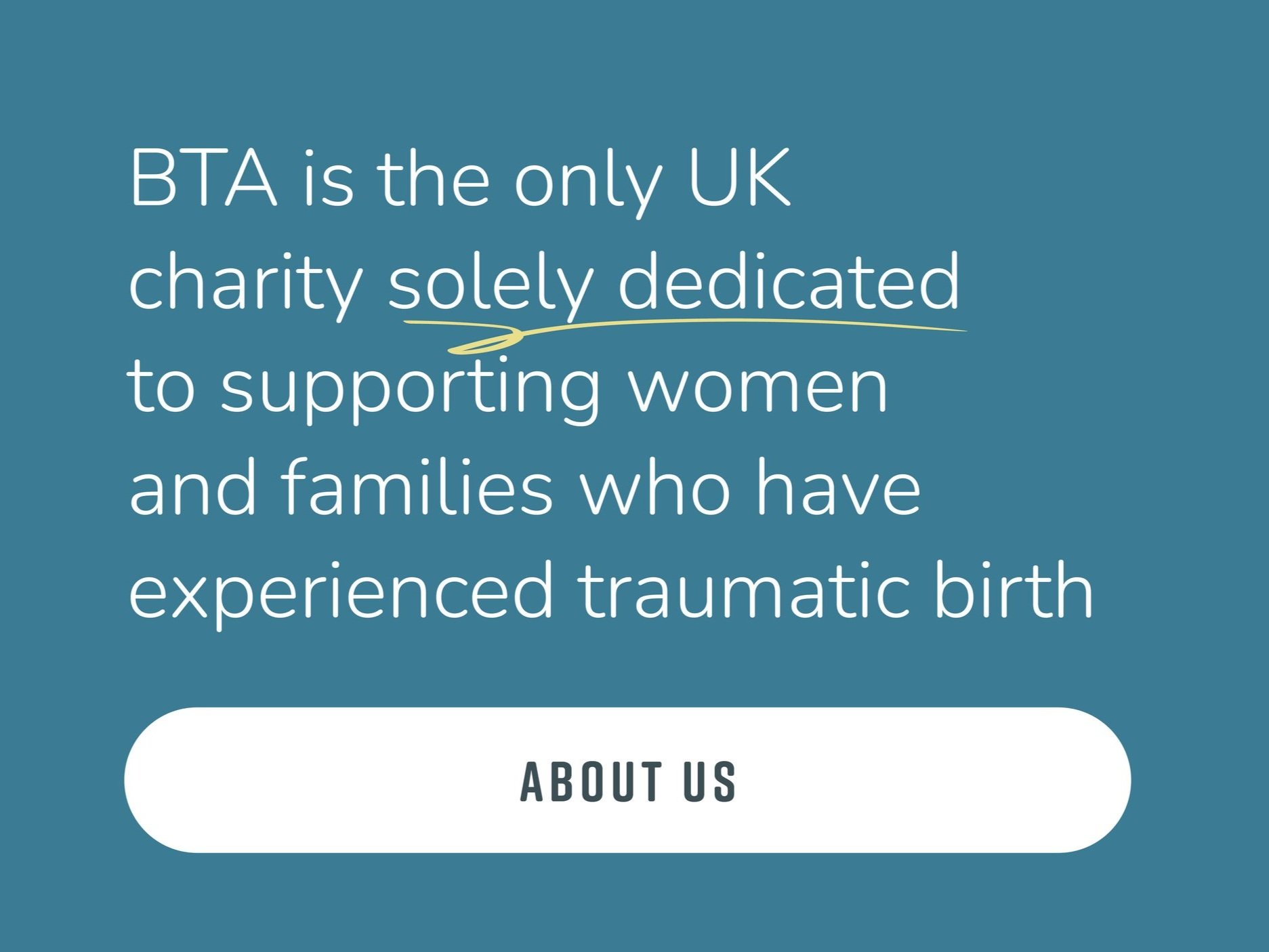Securing an education health care plan for your child: what you need to know
If your child has been born with a brain injury, they may need special educational needs support, but it’s not always easy to navigate your way through the process. Claudia Hillemand, head of child brain injury at Bolt Burdon Kemp, and Mollie Benjamin, an associate in the child brain injury team at Bolt Burdon Kemp, explain how it works
A baby who is born with a brain injury as the result of a traumatic birth may have special educational needs and disabilities (SEND) and require additional support to ensure they can access the curriculum and realise their full potential.
It is important for schools to put in place measures to support a child with special educational needs. Often this support is provided in the form of an Education and Healthcare Plan (EHCP).
What is an EHCP?
An EHCP replaces what used to be known as a Statement of Special Educational Needs and Learning Difficulties Assessments for children and young adults.
It identifies the educational, health and social needs of the child and details what kind of support they require to meet those needs.
EHCPs are available up to the age of 25. They are legally binding, so the local authority must provide the support outlined in the EHCP.
The following are examples of support which may be provided through an EHCP:
Additional adult support, such as a 1:1 teaching assistant or buddy/tutor support during lessons, when moving around the school buildings, during lunchtimes, during playtime or for help with personal care at school.
Physiotherapy, speech and language therapy or occupational therapy at school.
Tailored learning materials or equipment to enable a child to access their education and the school buildings, such as ramps, disabled bathrooms, assistive communication devices or specialist seating.
A specialist SEND school may be identified as the most suitable place for a child and named in the EHCP as the child’s education placement.
How do I obtain an EHCP?
First, a letter must be sent to the local authority requesting an assessment. Usually, the letter is sent by the child’s teacher or special educational needs and disabilities coordinator (SENDCO), but it can be sent by parents, carers and anyone else who thinks an assessment is necessary. If your child is below compulsory school age then you, as the parent/carer, would usually make the request with assistance from the nursery or preschool staff. However, if your child is older, it can be helpful to speak with the school or college about any concerns first so that they can support you and work together to make the request as your consent and input as parent is required. You can still apply for an assessment even if your child’s school does not agree that it is needed.
The letter should contain a detailed description of your child’s injuries, symptoms and difficulties in accessing the curriculum because of their injury or condition. Any relevant, supportive documentation should be attached, for example medical, therapy or school reports.
Some local authorities require the letter and supporting evidence to be sent through a portal.
When a request for an EHC needs assessment is received, the local authority must consider:
whether the child or young person has or may have special educational needs (SEN);
and
whether they may need special educational provision to be made through an EHCP.
If the answer to both of the above questions is yes, then an EHC needs assessment must be carried out. The local authority must reply to any request for an EHC needs assessment within 6 weeks to let you know whether or not it agrees to carry out an assessment.
The local authority must tell you within 16 weeks of the assessment whether they are going to create an EHCP is for your child. If the local authority agrees your child requires an EHCP, they will send you a draft and you will have an opportunity to comment on it. Your comments must be made within 15 days of receiving the draft version.
The local authority will then finalise the EHCP and send you a final copy.
This whole process, from the initial letter to the local authority to receiving the final EHCP should take no longer than 20 weeks. This is a legal requirement, however, in our experience delays are common.
The EHCP should then be reviewed annually to ensure it is an evolving document and continues to meet your child’s needs as they grow and progress. This process involves the parents, school or college, local authority and any relevant members of the treating team (such as the speech and language therapist or occupational therapist) meeting to discuss the current EHC Plan and any updates that might be needed. This is called the ‘annual review’.
Disagreeing with a decision about an EHCP
You can challenge a few of your local authority’s decisions, including:
Its decision not to carry out an assessment
Its decision not to create an EHCP
The definition of your child’s needs, or the special educational support in the EHCP
The school placement named in the EHCP
You should first speak to the school/college and local authority to try and resolve any issues. IPSEA, the leading charity in the field of SEND law in England, have a number of useful template letters which are worth considering as a first step. However, if the issue cannot be resolved, you can choose to attend a mediation, where an independent mediator will join you, the school/college and the local authority. You may bring someone with you to support you during mediation. The role of the mediator is to try and help reach an agreement on any issues between the parties. If you choose not to attend mediation, or mediation fails, then you have the right to appeal to the Special Educational Needs and Disability Tribunal (SEND Tribunal).
Appealing in the SEND Tribunal can feel like an overwhelming prospect for a lot of parents. A specialist solicitor such as Bolt Burdon Kemp can help with this. However, if it is not possible to have legal representation, you can represent yourself at the appeal. The tribunal will assist you as much as they can, and there are other sources of support, including your child’s school, the SENDCO, IPSEA who have useful guides, template letters and a helpline, your local SENDIASS (Special Educational Needs and Disabilities Information Advice and Support Service) and other charitable organisations.
Where possible, we recommend families speak to an independent education consultant, with experience in navigating the SEND process, to get support and guidance on how to evidence their child’s needs. The school or college might be able to recommend an education consultant. Alternatively, it’s worth speaking to other parents who have been through the process for a recommendation as they are often the best source of accessing support. Without evidence, it will be difficult to secure the provision they need. This evidence can be in many forms, including letters and reports from NHS practitioners, private therapy reports, video evidence, or any other documentary evidence which demonstrates your child’s needs.
Accessing legal help through the EHCP process
If you are already taking legal action against a hospital trust or board because your child has a brain injury acquired at birth, a reputable law firm such as Bolt Burdon Kemp or one of the BTA’s other legal partners will offer you advice to ensure the best possible outcome for the child. This includes advising on EHCPs all the way from the initial letter to the local authority through to obtaining an EHCP or, if the EHCP is not adequate, to an appeal to the SEND Tribunal.
Although the process can feel stressful and drawn out, with the right support and evidence, the support your child can access through an EHCP can be life changing, and the battle will have been worthwhile.
Bolt Burdon Kemp are one of the BTA’s six Trusted Legal Partners (TLPs). For more information about them, and about our other TLPs, please visit our Trusted Legal Partners page.







